When Life Gives You Lemons… Paint Them! Famous Lemons in Art
Bright yellow, rough skin, intense and acidic flavor, refreshing aroma… all these make up the indispensable gastronomic ingredient and...
Andra Patricia Ritisan 29 August 2024
28 November 2023 min Read
Feng shui is a millenary art which focuses on the flow of energy. It is most of the time related to furniture and decoration, in ancient times it was a very popular activity. Here we have chosen ten masterpieces to help you create good feng shui in your house!
Objects are the main distraction in feng shui because they’re not the thing it is focused on. Feng shui is about purity, about the beauty of simplicity reflected in the positioning of things, for instance, the furniture in a house or the orientation of the construction of a palace. Every single detail is important, but the essential key is the energy. What if this energy flow appears also in a painting? Deep inside the brush strokes…
Abstract art is the art form that most suits and reflects the ideals of feng shui. Looking closely at the definition of the word “abstract,” the meaning becomes interesting. It means “ to extract or remove” one thing from another. This is reflected in the painting in the colors chosen, the shapes, and the lines.
Non-figurative art brings us the joy of sensations. Seeing a painting can be a spiritual experience, pointing in favor of feng shui. For example, the fluctuating energy in a room can be arranged with beautiful paintings that reflect the same flowing energy. Here is a recommendation of different paintings with the theme of purity, simplicity, order, and overall spirituality!

Kazimir Malevich (1878–1935) is well known for his masterpiece Black Square, made in 1913, now in the State Tretyakov Gallery, Moscow. But he also has some interesting artworks exploring simple and basic figures, such as circles, triangles, and squares. The colors chosen and their orientation help to balance the piece.
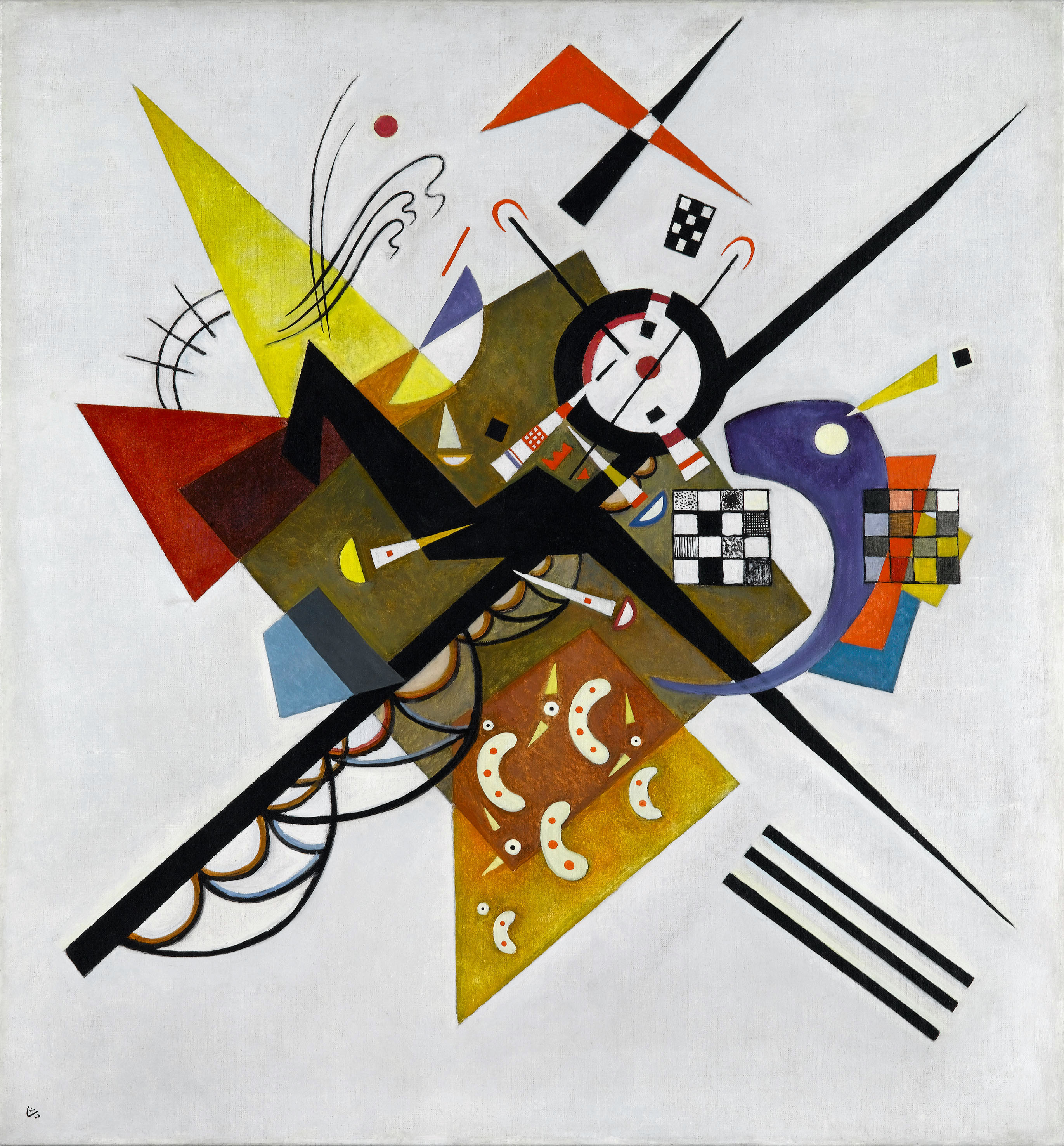
Wassily Kandinsky (1866–1944) was a genius in the language of synesthesia. Mesmerized by jazz music, he created singular pieces based on the sensations they evoked in him: explosions of colors, lines, and irregular shapes… But this concrete artwork, On White II, reflects the perfection of colors and basic shapes. It has a lot of elements, but the entire composition seems to float in the middle of nowhere, giving it an interesting feeling.

Sergei Yakovlevich Senkin (1894–1963), was a painter who studied with Kazimir Malevich. It is obvious the influence Malevich had on him, even so, he studied the relation of colors and basic forms. He constructed an interesting “building” of colors.
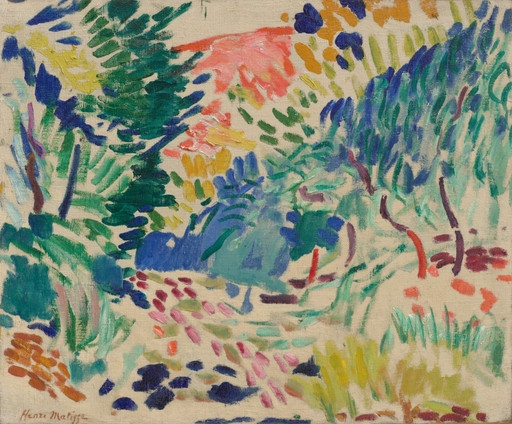
Henri Matisse (1869–1954) was a painter who suffered a lot at the end of his career. He had a terrible illness that obligated him to stay in a wheelchair for the rest of his life. Even so, he did a lot of artwork using a different technique, collage.
This painting has the beauty of spontaneity. Is fresh and the pastel colors are very subtle. Perfect for decorating the living room.
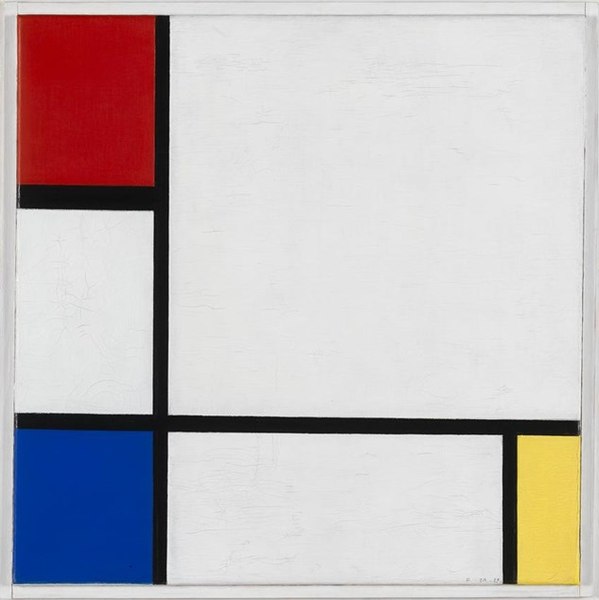
Piet Mondrian (1872–1944) explored abstraction in the simplest figuration. His first inspiration was a tree, which evolved into his most famous pieces composed of squares of primary colors and black lines. However, not all of his paintings were painted with paint and brush. Some of them, for example, were made with colored tape and paint.
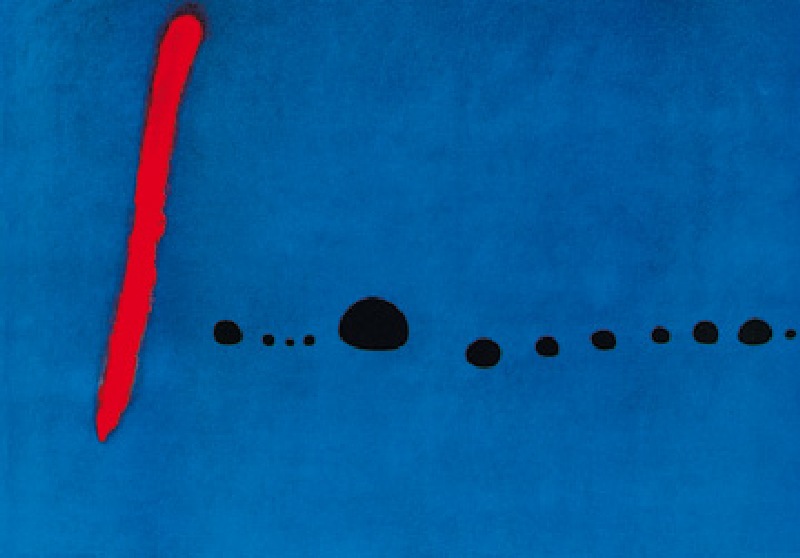
Joan Miró (1893–1983) was a Spanish painter. This piece is part of a tryptic in which this one is the centerpiece. Blue is the protagonist of the composition, devouring the little dots and red shapes.
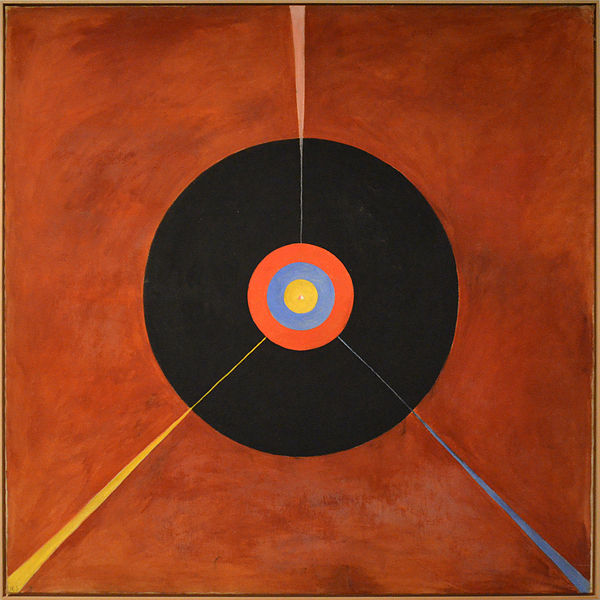
Hilma af Klint (1862–1944) is considered one of the first abstract painters in modern history. Her artworks are about inner spirituality and introspection. Colors are very important in feng shui and here is a very nice example of the use of the color red.

Alma Thomas was an American Abstract Expressionist and the first African-American woman artist to have a solo exhibition at the Whitney Museum of American Art. Thomas painted abstract compositions with distinct short brushstrokes. You will recognize the vibrant colors of her canvases everywhere. Although the artist died in 1978, her artistic work has been celebrated in the US during the Obama administration by hanging one of her works in the White House.
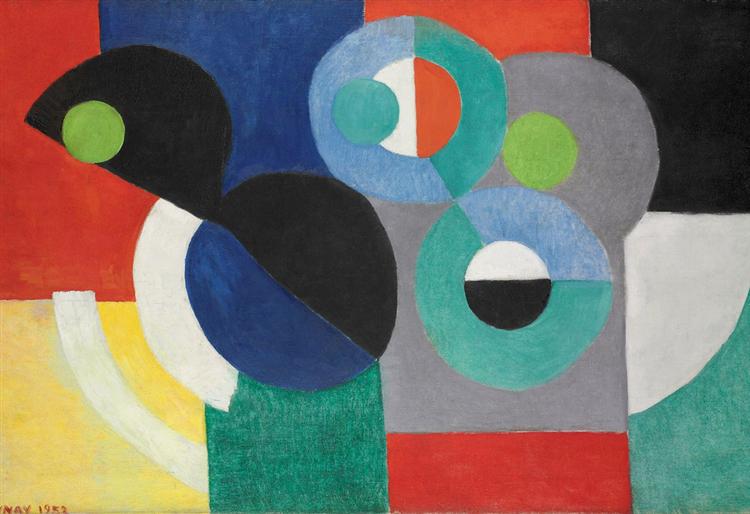
![Masterpieces to Boost Feng Shui in Your House: Michael (Corinne) West, Untitled [Double-Sided], 1970-71, Hollis Taggart Gallery, New York, USA.](https://news.artnet.com/app/news-upload/2020/03/8_Michael-West-807x1024.jpg)
Masterpieces to Boost Feng Shui in Your House: Michael (Corinne) West, Untitled [Double-Sided], 1970-1971, Hollis Taggart Gallery, New York, NY, USA.
Michael (Corinne) West (1908–1991) used the names Mikael and Michael West for signing her pieces. This in particular is strong and conclusive. It seems like a big and heavy Chinese kanji.
DailyArt Magazine needs your support. Every contribution, however big or small, is very valuable for our future. Thanks to it, we will be able to sustain and grow the Magazine. Thank you for your help!